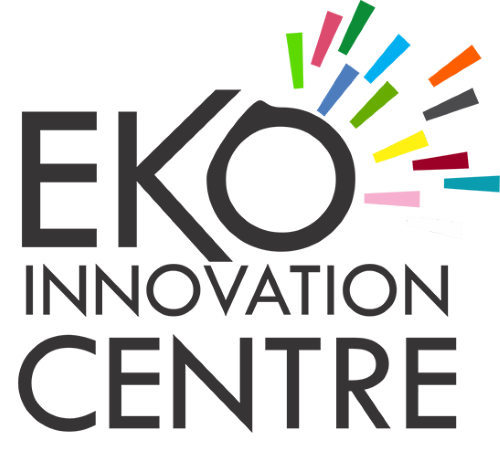What’s A Team
A group of people who come together to achieve a common goal.
A group of people who perform interdependent tasks to work towards accomplishing a common mission or a specific objective.
A team becomes more than just a collection of people when a strong sense of mutual commitment creates synergy, thus generating performance greater than the sum of the performance of its individual members.
Major Kinds Of Teams
- Functional Team: This is a permanent kind of team that includes members of the same department with different responsibilities, everyone in this team reports to the manager who ensures the smooth delegation of duties and successful transferring of work.
- Cross-functional team: this consist of members from different departments. Cross-functional teams are becoming more popular all over the world, but it is more complex than a functional team and has a higher tendency of being inefficient if they are poorly managed.
Difference Between A Group And A Team
- Closely connected
- Shared authority
- Diverse personalities and skillsets
- Slower to build because it requires establishing a relationship
- May be loosely connected
- Built around common interests
- May not work interdependently
- May not be deeply involved beyond a goal
The Five Dysfunctions Of A Team
- Inattention to results
- Avoidance of accountability
- Lack of commitment
- Fear of conflict
- Absence of trust
